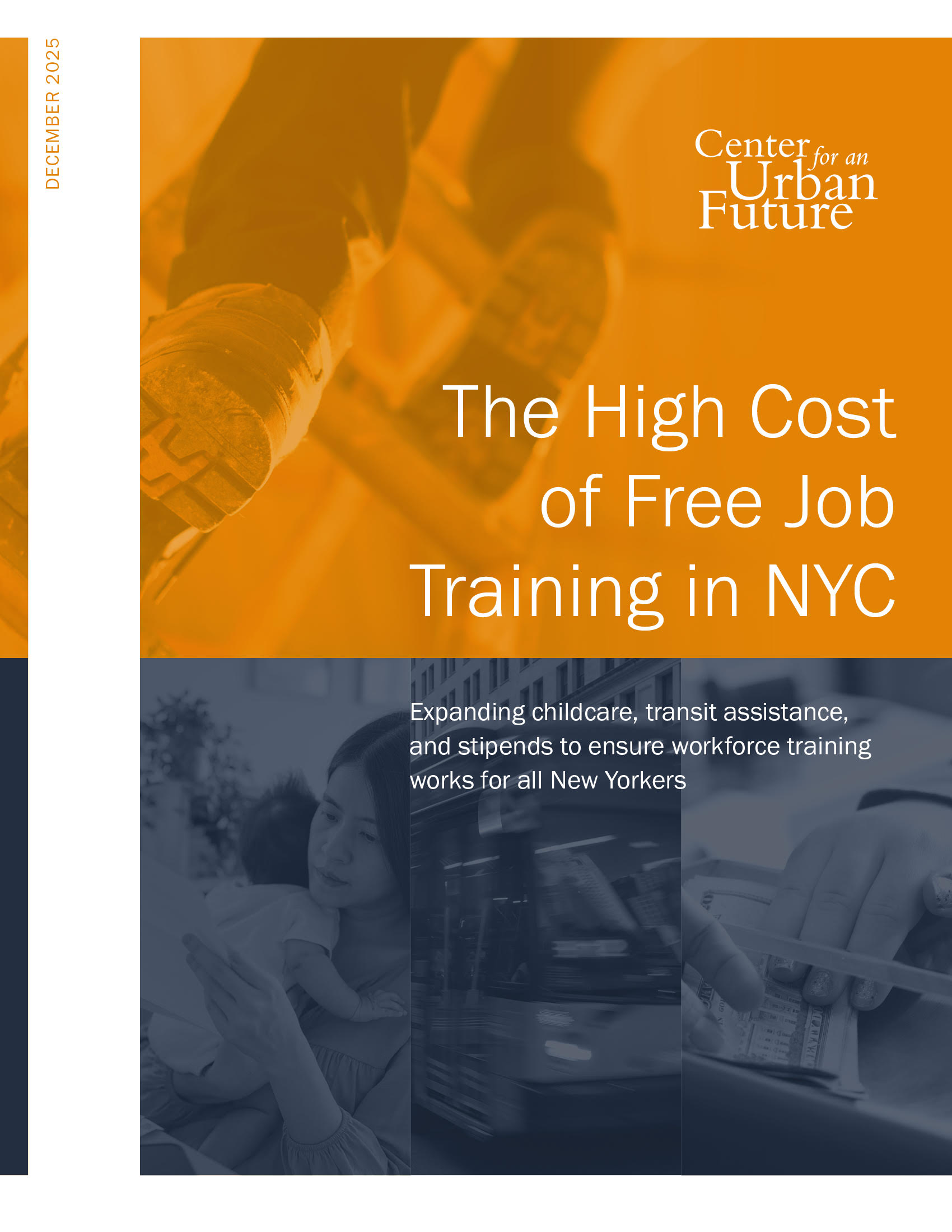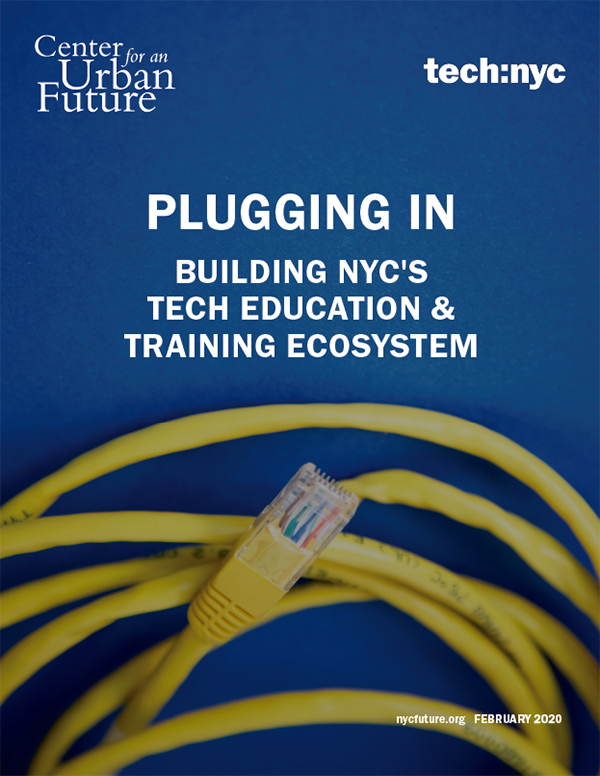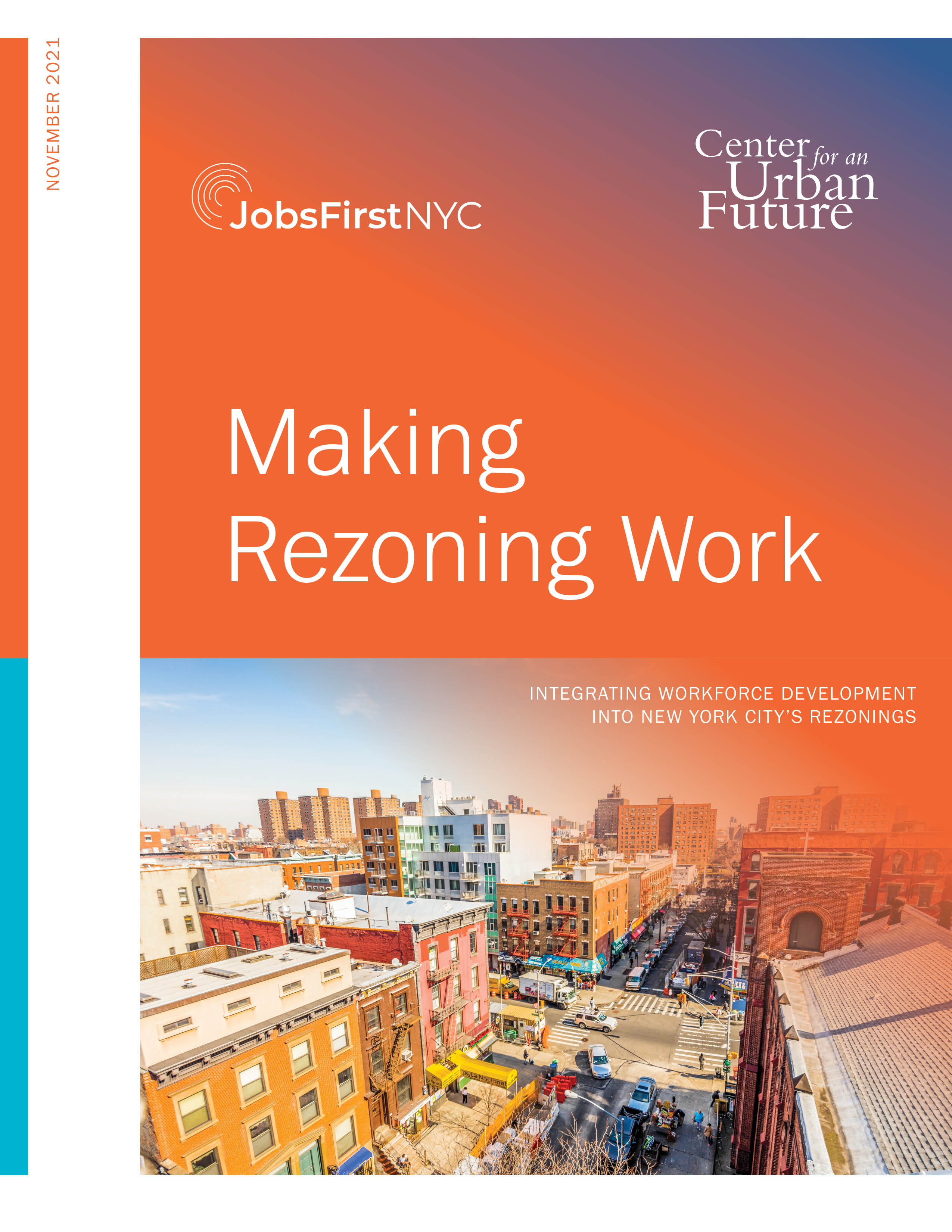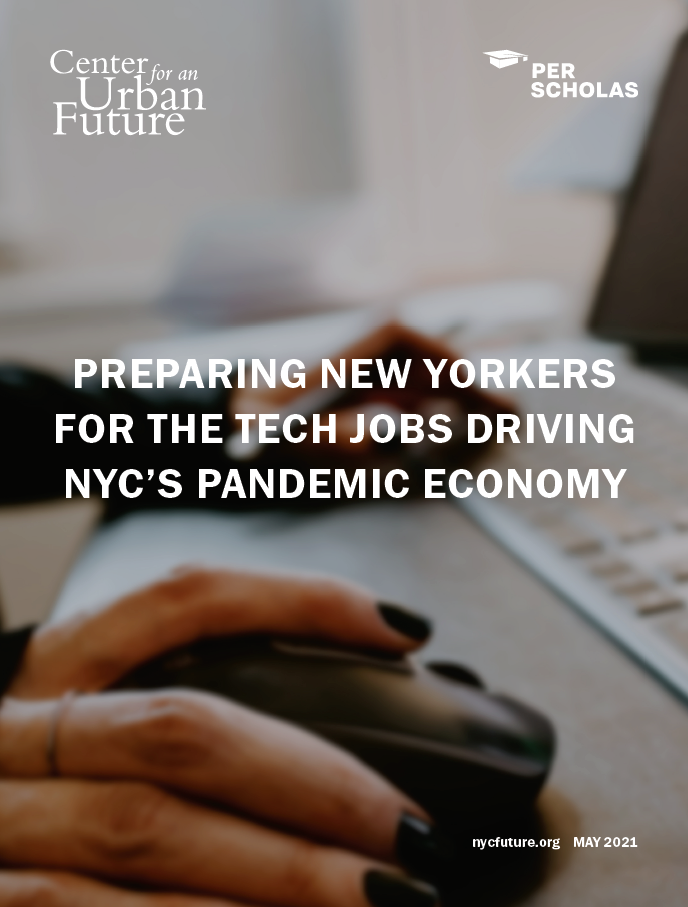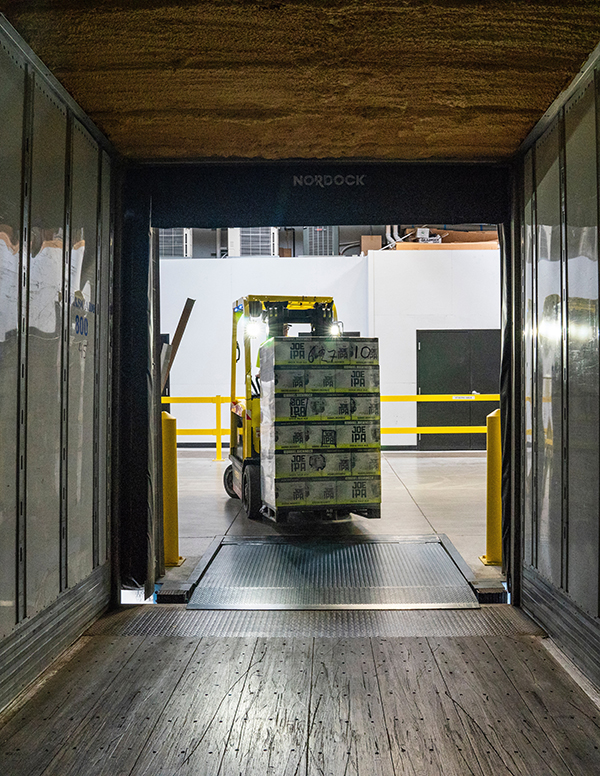Testimony of Eli Dvorkin
Editorial & Policy Director, Center for an Urban Future
Before the NYC Council Committee on Economic Development & Committee on Oversight & Investigations
Expanding and Improving NYC’s Workforce Development System
March 21, 2022
Good afternoon.
My name is Eli Dvorkin and I’m the editorial and policy director at the Center for an Urban Future, an independent research organization focused on building a more equitable economy in New York City.
Thank you for the opportunity to testify today.
I’d like to focus my brief remarks on four key steps that city government should take to make the city’s workforce development system stronger and more effective.
First, city leaders should focus on scaling up the city’s most effective workforce development programs. New York’s exemplary nonprofit career training organizations serve no more than a few dozen to a few hundred New Yorkers each year. As part of a larger reemployment program, the city should launch a $100 million competitive grant program designed to enable effective organizations to partner, scale, and build accessibility into their programs, ensuring that far more New Yorkers can gain access to what’s already working.
Second, expand support for bridge models, which provide crucial on-ramps into effective training programs for in-demand occupations. Too many New Yorkers struggle to gain entry to best-in-class job training due to gaps in literacy, math skills, and digital fluency. New bridge programs can open doors to effective career training for many of the New Yorkers hit hardest by the pandemic and create connections among organizations where few exist today.
Third, spark hundreds more apprenticeship programs, especially in high-wage fields that are insufficiently diverse, such as technology, finance, advertising, and the green economy. Apprenticeships are a proven model for launching individuals without a college credential into family-sustaining careers, but the city is home to just a handful outside the building trades and has made too little progress in recent years. The city should partner with CUNY, training providers, and industry to launch at least 100 new apprenticeship pathways in growing fields and commit to training 5,000 residents annually through apprenticeships by 2025, while drawing on the underutilized Empire State Apprenticeship tax credit to help fund this training.
Fourth, integrate workforce development into future rezonings. To date, very few workforce investments have resulted from rezonings. The Council should integrate investments in local hiring and training networks into rezonings from the start, ensuring that the infrastructure exists to help local residents benefit economically from new development.
For much more on these and other ideas, please check out our website at nycfuture.org, and thank you for the opportunity to testify today.
-----
For an expansion on these and other key steps, check out CUF’s recent op-ed in Crain’s New York: "Eight Steps Mayor Adams Should Take to Expand and Improve Workforce Development."


